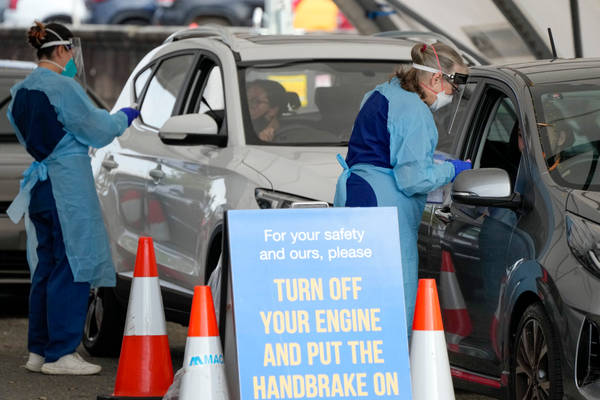Victoria has issued a Code
Brown emergency as the state’s hospital system is being overwhelmed by an
increase of COVID-19 hospitalisations.
Hospitalisations
are likely to exceed 2500 COVID-19 patients next month, prompting the emergency
activation of all Melbourne public
hospitals and significant regional institutions as of Wednesday at noon.
Also Read | Anthony Fauci’s net worth is more than $10 million, documents reveal
By reorganizing personnel and
systems, the emergency intervention tries to relieve hospitals and staff of
unsustainable pressure.
Here’s all you need to know
about the meaning of a Code Brown
A
Code Brown is a systematic emergency management framework that tries to
maximize hospital resources. A Code Brown is used to plan, prepare for, respond
to, and recover from an external disaster, according to the Department of
Health.
Transport
accidents, chemical spills, and natural disasters such as fire and flood are
among the most prevalent external emergencies in Victoria that need the activation of Code
Brown procedures.
Also Read | Australia reports 74 fatalities, suffers deadliest day of COVID 19 pandemic
However, this is the first time
in the state’s history that a Code Brown has been issued system-wide. For both
internal and external crises, health services and facilities utilize a set of colour
codes that are recognized worldwide – hence the term “brown.”
When does a Code Brown take
place?
Health
service or facility activates a Code Brown when increased capability and
capacity are required to accommodate an inflow of patients owing to an external
emergency.
What effect will Code Brown
have?
Hospitals
and healthcare providers should reorganize services to free up more employees,
such as providing outpatient treatments outside of the hospital and offloading
ambulance patients quickly at emergency departments. Hospitals may also decide
to reassign personnel to areas of utmost clinical priority.
Non-urgent
healthcare services may be discontinued, curtailed, or accessed less
frequently. Staff may also be requested to postpone taking leave if it is
really necessary.
Also Read | Omicron COVID variant slamming South American hospitals as workers fall ill
“This is about
prioritizing emergency and urgent care services so that if you need that level
of treatment for COVID or non-COVID reasons, you can get it,” said Deputy
State Controller Adam Horsborough.
Why is it required to activate
a Code Brown?
The
Code Brown, according to Victoria’s Deputy Premier James Merlino, would assist
hospitals in better handling the great pressure they are under as a result of
the COVID-19 outbreak.
Healthcare
staff is ready for a rise in COVID-19 hospitalisations that will exceed 2500
patients next month, necessitating a rethinking of their methodical approach.
Also Read | India fighting COVID while maintaining economic growth: PM Modi at World Economic Forum
“We’ve reached a stage in
our healthcare system where we’re dealing with acute manpower shortages,”
Mr. Merlino added.
“It’s
the perfect moment to do it now, rather than waiting for a Code Brown two or
three weeks later when we’re seeing the impact of the peak of Omicron hospitalisations
and ICU patients.”
The
Code Brown is anticipated to be in effect for four to six weeks, or until
health officials determine otherwise.







